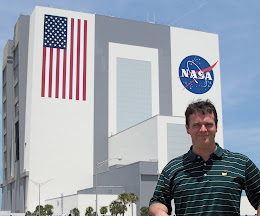 ATLANTA -- As America recalls the golden anniversary of mankind's first voyage to the moon this December, the lesser known flight of Apollo 6 cleared a major hurdle for NASA as it paved the country's pathway toward lunar orbit.
ATLANTA -- As America recalls the golden anniversary of mankind's first voyage to the moon this December, the lesser known flight of Apollo 6 cleared a major hurdle for NASA as it paved the country's pathway toward lunar orbit.Designed as a test flight article and flew unmanned, the flight of Apollo 6 fifty years ago tested not just the spacecraft itself, but launched the largest rocket America ever flew on a second and final critical mission to ensure the astronauts safety.
Today, the Apollo 6 command module rests at the Fernbank Science Center in East Atlanta. The spacecraft is on public display at the science center and remains a testament to the Earth orbiting test flight which flew on April 4, 1968.
The launch of the second Saturn 5 with Apollo 6 (AS-502) a top lifted-off at 7:00:01 a.m. EDT, from Florida's Kennedy Space Center. The nearly 365-foot tall rocket darted into a blue morning sky without a crew, however loaded with a wealth of science instruments and video cameras for engineers to reseach in the months that followed.
Once launched, flight controllers began to notice the rocket was shaking a bit as it ascended through the atmosphere. The five massive F1 engines at the base of the rocket's first stage performed well for the first two minutes, and then, according to a 1968 NASA memo, "there were thrust fluctuations that caused the vehicle to bounce like a giant pogo stick for about 30 seconds."




